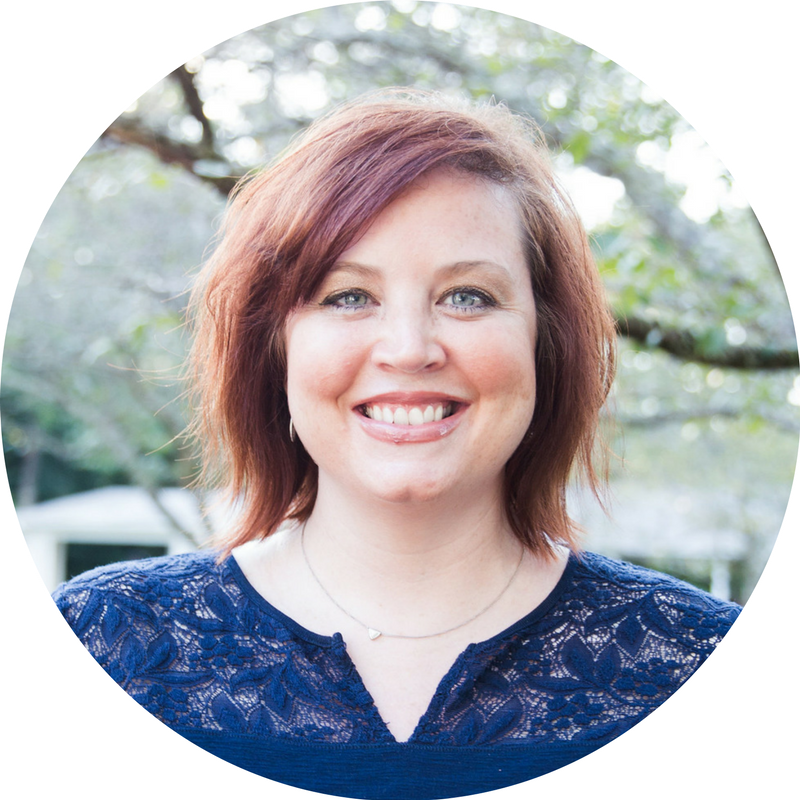Each month, I invite guest contributors to speak about timely, relevant, and sought-after topics that are important for cause-focused organizations like yours to be aware of as you grow. For January, I've invited Robert Carnes to talk about resolutions and goal setting. There's no better time for a fresh start than the New Year!
People have been setting New Year’s resolutions probably as long as there have been new years. Nearly as frequent as the resolutions is giving up on said resolutions. There’s something intoxicating about a fresh start that makes people unrealistic about their own expectations, but even with the best of intentions, they typically don’t last.
Most people just give up making resolutions altogether—and frankly, that’s better than kidding yourself every 365 days. However, there are better ways to launch yourself into the New Year and actually accomplish something in 2018.
Let's talk about how you can realistically set and accomplish your goals this year.
Q. What are the latest trends in annual goal setting?
A. The most popular New Year’s Resolutions in 2017 were essentially the same as they’ve always been—eat healthier, exercise more, get organized, spend less, and travel. Basically, people are always going to seek the same things to improve their lives.
One trend I’ve heard about recently is setting smaller, shorter-term goals. Rather than trying to set a resolution for the entire year, make one for each quarter that stands alone, or adds up to a larger goal. Three months is a more manageable scale for most people compared to 12 months.
This also allows you to reevaluate your goals every quarter, rather than annually. Continually monitoring your progress helps you to be more flexible and accountable. Start small and win big.
Q. What is the biggest mistake you see people making with New Year’s resolutions?
A. Unrealistic expectations. New Year’s couldn’t come at a worse time. Every year, it’s scheduled right after New Year’s Eve—a night everyone intentionally stays up late and indulges. No one wants to get up early and work hard on January 1—so you’re already off to a bad start.
Instead of a sweeping gesture to make ourselves feel better in the moment, it’s much better to set goals we can actually follow through on. So, set a less ambitious goal that you can expand on later. These are practices you can turn into habits, rather than burning out by February.
In his book Finish, Jon Acuff recommends cutting your goal in half. So, if you want to write 30 blog posts this year, set your expectation at writing 15 posts. Because writing 18 posts by the end of the year is better than getting overwhelmed, giving up early, and not writing any at all.
Q. What is your best piece of advice?
A. Make your goal something you actually want to accomplish. Are you setting goals out of guilt or peer-pressure? If so, odds are that you won’t actually achieve them. Internal, positive motivation is much more powerful than guilt.
But even goals you enjoy can lose their flavor over time. So inject some fun into the mix to prevent burnout. Celebrate small victories. Reward yourself for hitting benchmarks. Involve other people to keep you accountable and motivated.
Remind yourself why you’re pursuing this goal in the first place. If it’s something you enjoy and truly desire, that should help keep your attention focused all year long.
Q. What is one thing readers can do this week to improve?
A. Pick one small thing to accomplish towards your goal. Instead of trying to run a marathon, start with the first mile. Instead of writing a book, write a blog post. Often, people fail to meet their goals because they get overwhelmed and can’t see any progress.
Giving yourself smaller, attainable steps builds momentum towards a larger achievement. It’s also much easier to know what you’ll be able to finish this week, rather than by the end of the year. Don’t worry about staying perfect—focus on finishing what you can do today.
Q. Anything else we should keep in mind?
A. The most important thing is consistency. A small habit maintained over time can lead to big things. Goals come and go, but habits stick around.
The key to making a difference in your life is creating sustainable practices that have a positive cumulative effect. Do good work that will allow you to do even more good work in the long term.
And one of the best ways to keep a good thing going is not quitting when it’s no longer perfect. If you miss writing a blog post or scheduling your social media next week, don’t give up entirely. Give yourself a pass and prepare to get back on track. You’re never going to be perfect—focus instead on being better.
6. Do you have any resources that would be helpful so people can learn more?
Jon Acuff has become an expert on achieving goals. His 30 Days of Hustle online course was one of the reasons I was able to publish my first book last year.
Another great resource from Jon Acuff is his new book I mentioned earlier, Finish. It’s all about ignoring perfectionism and getting real work done.
Jeff Goins has also got a lot of practical advice and encouragement, especially for writers. His new book, Real Artists Don’t Starve, is all about making a living from work you actually enjoy.
If you want an example of the extreme, check out Month to Master—one man’s journey to master one new thing every month for a year. Not recommended for everyone, but definitely entertaining.
And here are a few more resources from KP:
Michael Hyatt's podcast episode on how to design your year.
Check out this article on how to avoid focus failures.
This video from a coach I follow was incredibly helpful for me on how to "un-attach" from your goals.
Design Your Day is a great read to help you manage your schedule—and it's short!
Wishing you a joyous and prosperous New Year!
Robert Carnes is a writer and storyteller. He's the author of The Original Storyteller: Become a Better Storyteller in 30 Days. Carnes also works as a managing editor at Orange in Atlanta.
Website: www.jamrobcar.com
Twitter: www.twitter.com/jamrobcar
Instagram: www.instagram.com/jamrobcar
LinkedIn: www.linkedin.com/in/jamrobcar
PIN THIS POST FOR LATER:
I'm Kristi Porter, and I started Signify to provide writing, consulting and strategy services to nonprofits and for-profit organizations with a social mission, primarily through copywriting, marketing, and business communications. I believe that cause-focused organizations like yours are the future of business. You're proof that companies can both make money and do good. And I'm here to help you get noticed and grow. When you succeed, we all win.













































